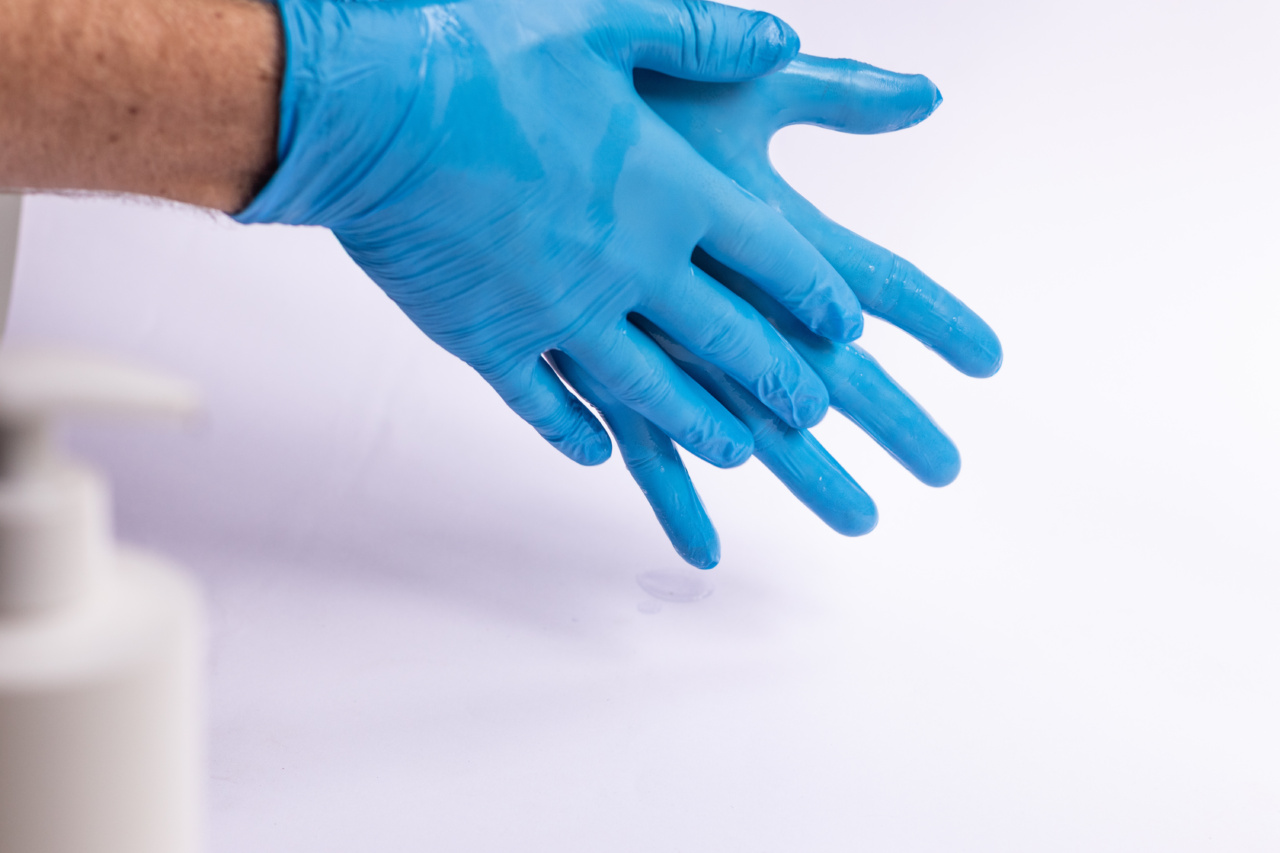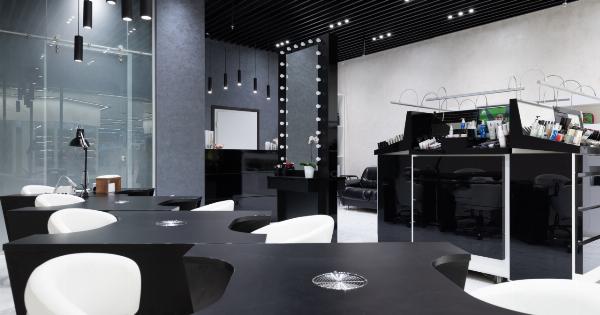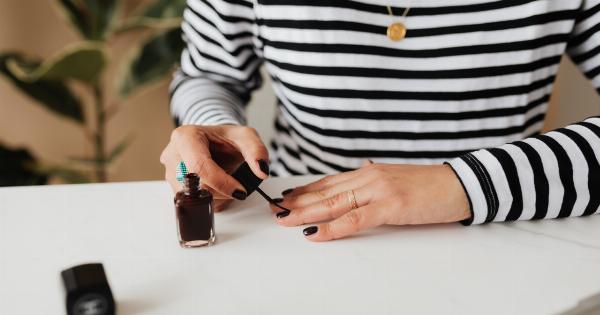Semi-permanent gel manicures have become increasingly popular in recent years, providing long-lasting and chip-free nail color for up to two weeks.
This type of manicure involves applying a specially formulated gel polish to the nails, which is then cured with a UV or LED light to create a hard, durable finish. While gel manicures offer convenience and aesthetic appeal, there are several hidden risks associated with this popular beauty trend that many people are unaware of.
Nail Damage and Weakness
One of the most significant risks of semi-permanent gel manicures is the potential damage they can cause to your nails. The process of applying and removing gel polish can weaken the structure of the nails, leaving them brittle and prone to breakage.
The harsh chemicals and repeated exposure to UV or LED lights can strip the natural oils from your nails, leading to dryness and peeling. Over time, this can result in thin, weak nails that are more susceptible to infections and other nail-related problems.
Chemical Exposure
Gel manicures require the use of various chemical products, including the gel polish itself, base coats, top coats, and acetone for removal.
Some of these products contain potentially harmful chemicals such as formaldehyde, toluene, and dibutyl phthalate (DBP). Prolonged, repeated exposure to these chemicals can have adverse effects on your health, including skin irritation, allergic reactions, and respiratory problems.
It’s essential to be mindful of the ingredients in the products used during the gel manicure process and opt for safer alternatives whenever possible.
Skin Sensitivity and Allergic Reactions
Many individuals experience skin sensitivity and allergic reactions to the chemicals used in gel manicures. The extended contact with gel polish on the skin around the nails can lead to redness, itching, and even blisters or sores in some cases.
Allergic reactions can occur immediately or develop over time, and it may be challenging to pinpoint the specific ingredient causing the reaction. If you notice any signs of skin irritation or allergic reactions, it’s crucial to remove the gel polish and consult a dermatologist for guidance.
Nail Fungal Infections
Another hidden risk of semi-permanent gel manicures is the increased likelihood of developing nail fungal infections. The gel polish acts as a protective barrier, trapping moisture and creating a warm environment ideal for fungal growth.
Additionally, improper application or damage to the nail bed during removal can create openings for fungi to enter and cause an infection. It’s essential to maintain proper nail hygiene, regularly disinfect your nail tools, and allow your nails to breathe between gel manicures to reduce the risk of nail fungus.
UV and LED Light Exposure
The process of curing gel polish requires the use of UV or LED lights, which emit potentially harmful ultraviolet radiation.
While brief exposure during the manicure process is unlikely to cause significant damage, frequent and prolonged exposure over time can increase the risk of skin aging, pigmentation changes, and even skin cancer. To minimize the risk, it is recommended to apply broad-spectrum sunscreen to your hands before starting the gel manicure and consider using gloves with UV protection during the curing process.
Difficulty in Removal
Removing gel polish can be a challenging and time-consuming process. Many people resort to at-home removal methods involving soaking their nails in acetone, which can further weaken and dehydrate the nails.
Improper removal techniques, such as peeling or scraping off the gel, can result in significant damage to the nail bed. It is advisable to seek professional removal at a nail salon to minimize the risk of nail damage and ensure the safe removal of the gel polish.
Expense and Time Commitment
Semi-permanent gel manicures can be more expensive than traditional manicures, and they often require frequent touch-ups every couple of weeks to maintain the color and integrity of the nails.
The time commitment involved, both during the manicure appointment and in the removal process, is another factor to consider. The convenience of long-lasting nail color must be weighed against the costs and time investment required for long-term gel manicure maintenance.
Alternatives to Semi-Permanent Gel Manicures
If you are concerned about the potential risks associated with semi-permanent gel manicures, there are alternative options to consider for achieving beautiful and long-lasting nails:.
1. Regular Nail Polish: Traditional nail polish can still provide vibrant color and durability when applied correctly. While it may not last as long as gel polish, it is a safer option with fewer potential risks.
2. Dip Powder Nails: Dip powder nails have gained popularity as a longer-lasting alternative to traditional nail polish.
This method involves applying a powder formula to the nails, creating a durable and chip-resistant manicure without the need for UV or LED lights.
3. Nail Wraps: Nail wraps are adhesive stickers or decals that can be applied to the nails, providing an instant, customizable manicure. They are easy to apply, offer various designs, and can be removed without any damage to the nails.
4. Natural Nail Care: Prioritizing the health of your natural nails is always a safe option.
Regularly moisturize your cuticles and nails, avoid excessive nail filing or buffing, and maintain good overall nail hygiene to ensure healthy and strong nails.
Conclusion
While semi-permanent gel manicures offer a convenient and long-lasting solution for beautiful nails, it’s essential to be aware of the hidden risks associated with this beauty trend.
Nail damage, chemical exposure, skin sensitivity, and difficulty in removal are all factors to consider when deciding on a manicure option. By understanding these risks and exploring alternative nail care options, you can make an informed decision about the best way to maintain healthy and beautiful nails without compromising your overall well-being.































